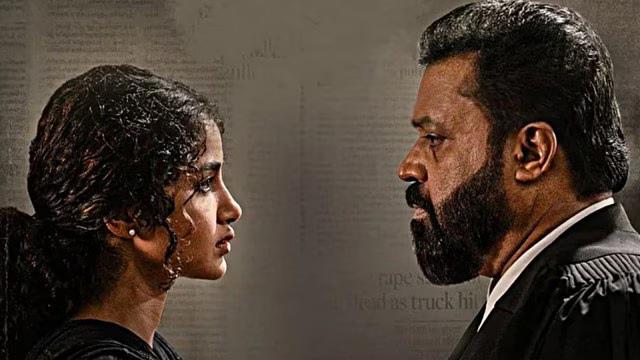
Rape Victim Named Janaki Helped by Man of Other Community: CBFC in Objection against Movie
In a bizarre case that has sparked controversy and raised concerns about communal tensions, the Central Board of Film Certification (CBFC) has objected to a scene in a movie showing a rape victim named Janaki being helped by a man from another community. The scene, which has been deemed objectionable by the CBFC, is part of a movie titled “Janaki vs State of Kerala” and has been submitted to the Kerala High Court as part of a plea filed by the movie’s makers.
According to a report by The Print, the CBFC has argued in its affidavit that the depiction of a man from another community helping a rape victim named Janaki could spark communal tensions and, therefore, should be removed from the movie. Janaki is, incidentally, another name for Goddess Sita, which has been cited by the CBFC as another reason for its objection.
The movie, which appears to tackle the sensitive issue of sexual violence and its aftermath, has been the subject of much controversy ever since its release. The CBFC’s objection to the scene in question has drawn widespread criticism from social media users and film industry experts, who have accused the board of being overly sensitive and trying to impose its own moral values on the filmmakers.
The scene in question shows the protagonist, Janaki, being helped by a man from another community, which has been deemed “objectionable” by the CBFC. This has raised several questions about the board’s understanding of the movie’s theme and the impact it may have on the audience.
The CBFC’s objection to the scene is not only an attack on the movie’s artistic freedom but also reflects a deeply problematic understanding of communal relations and the role of religion in society. By suggesting that the depiction of a man from another community helping a rape victim could spark communal tensions, the CBFC is essentially implying that religious identities are inherently at odds with each other.
The CBFC’s argument is also problematic because it implies that the movie’s theme of sexual violence and its aftermath is somehow less important than the potential communal fallout from a scene that shows a man from another community helping a rape victim. This not only undermines the movie’s artistic merit but also sends a message that the CBFC is more concerned with maintaining communal harmony than with promoting a nuanced understanding of social issues.
The CBFC’s objection to the scene has also raised questions about the board’s understanding of the movie’s title, “Janaki vs State of Kerala”. The title suggests that the movie is about the struggle of a rape victim against the state, rather than a communal conflict. The CBFC’s emphasis on the potential communal fallout from the scene in question suggests that it is more concerned with the movie’s title than its actual content.
The CBFC’s objection to the scene also highlights the board’s lack of understanding of the movie’s theme and its potential impact on the audience. The movie appears to tackle the sensitive issue of sexual violence and its aftermath in a nuanced and thought-provoking way. By suggesting that the depiction of a man from another community helping a rape victim could spark communal tensions, the CBFC is essentially implying that the movie’s theme is somehow less important than the potential communal fallout from a scene that shows a man from another community helping a rape victim.
The CBFC’s objection to the scene has drawn widespread criticism from social media users and film industry experts, who have accused the board of being overly sensitive and trying to impose its own moral values on the filmmakers. The board’s argument has also been criticized for being based on a flawed understanding of communal relations and the role of religion in society.
In conclusion, the CBFC’s objection to the scene in “Janaki vs State of Kerala” is a classic example of the board’s lack of understanding of the movie’s theme and its potential impact on the audience. By suggesting that the depiction of a man from another community helping a rape victim could spark communal tensions, the CBFC is essentially implying that the movie’s theme is somehow less important than the potential communal fallout from a scene that shows a man from another community helping a rape victim.
The CBFC’s objection to the scene is not only an attack on the movie’s artistic freedom but also reflects a deeply problematic understanding of communal relations and the role of religion in society. By suggesting that the depiction of a man from another community helping a rape victim could spark communal tensions, the CBFC is essentially implying that religious identities are inherently at odds with each other.






